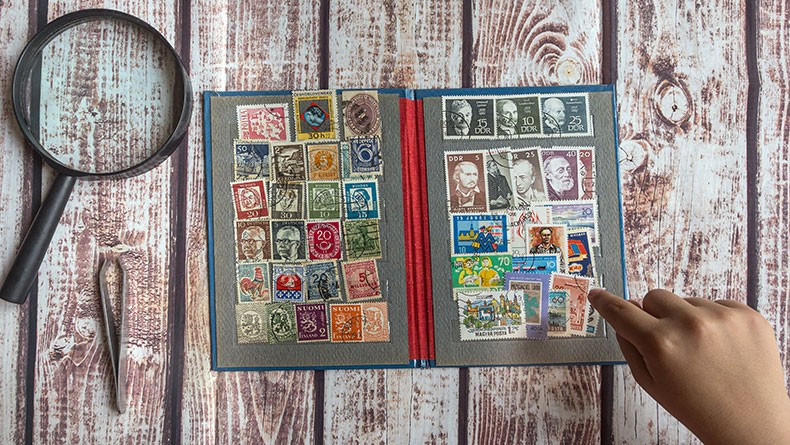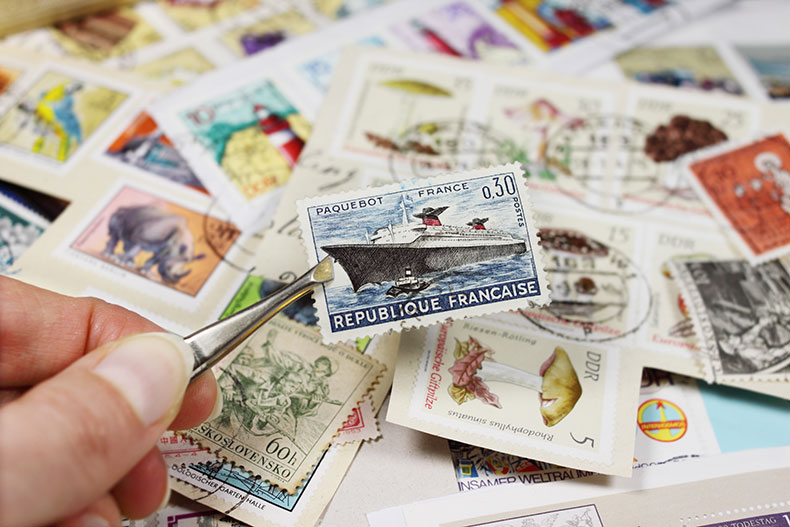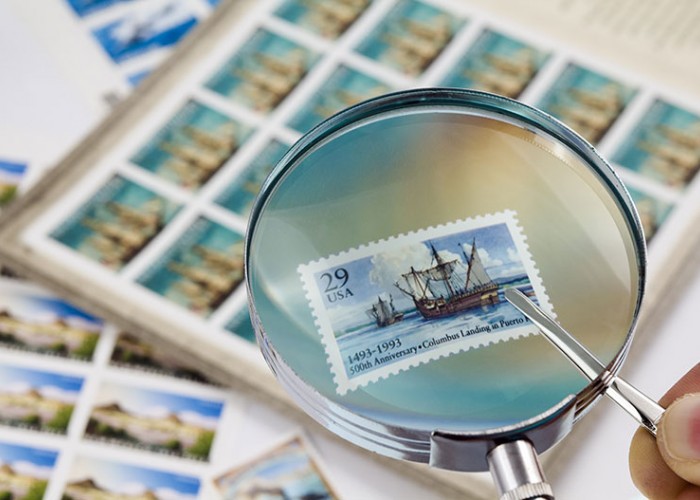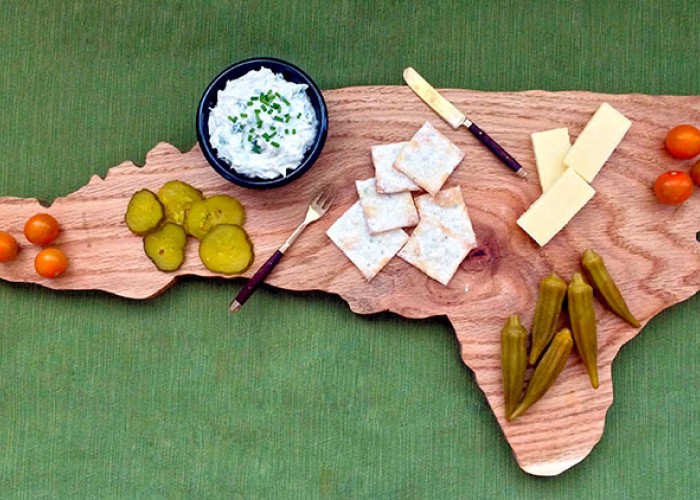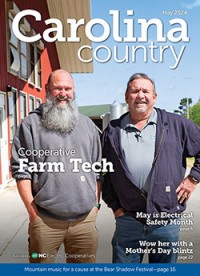Explore a Postal Pastime
Stamp collecting opens ‘gateways to the world’
By Joan WennerWhile recently doing research for a Civil War history article from a book gifted to me years ago, a stamp, affixed to a tiny part of an envelope, fell out to the floor. Someone had placed it in the book for safekeeping, I supposed.
Upon closer inspection, I could make out the visage of Jefferson Davis on the faded blue 5-cent stamp, with “Confederate States of America” printed above the portrait. I embarked on a quest to authenticate the stamp, checking through a publication I’ve written and reviewed books for — people who know about Civil War stamps, autographs, diaries, documents and so on, and their authentication.
I was determined to find out more about this relic.
Love of stamps
The art of collecting and studying postage stamps is called “philately,” taken from the Greek words philos (“love”) and ateleia (“that which is tax-free” — in that stamps allow correspondence to arrive at no cost to the receiver). Collecting stamps greatly increased in popularity after the introduction of adhesive postage stamps in 1840 in Great Britain. It became more widespread when the main determinate of the cost of mailing basically became weight, rather than distance, and collection albums and catalogues were made available.
Whether for pleasure or profit, stamp collecting is a journey of discovery. North Carolina has several highly knowledgeable individuals and clubs dedicated to philately. One is the Charlotte Philatelic Society (charlottestampclub.org), affiliated with the American Philatelic Society. Randy Scribner of Harrisburg, in Cabarrus County, is a member of the Charlotte group who is a decades-long stamp collector and dealer (scribworld.com). He explained that while the U.S. stamp market has declined of late, some foreign countries can be an exception.
Randy also spends time enticing young collectors into the field by donating stamps and materials to the local Charlotte club.
“Stamps tell the historical story of our country and society, from the very first stamp of Benjamin Franklin, to present people and events,” he explains. Franklin was appointed as the nation’s first postmaster by the Second Continental Congress in 1775.
According to the American Stamp Dealer Association (whose slogan is “We Are the Hobby Builders!”), there are local and worldwide clubs, societies, magazines, newsletters, articles, events and auctions for hobbyists, serious collectors and dealers. In other words, people interested in one thing: stamps! For philatelists, it is all about covers and Cinderellas, errors and oddities, and more. Confused by those terms? Let’s talk through them.
Philatelic-speak
Serious stamp collectors and enthusiasts have long thought up creative ways on how they can source and collect stamps. One strategy involves the use of the “philatelic cover,” or an envelope loaded with stamps, which is sent through the postal system with the goal of starting a collection or adding to an existing one. When a stamp enters the postal system, it is cancelled, or marked as used. In the 19th century, collectors exchanged mail among themselves and across the oceans in hopes of receiving treasured stamps.
While some collectors prefer unused stamps, some focus on first-day issues (a cover with a stamp that has been cancelled on the very first day it’s authorized for use) and stamps that have been used in the real world, and are willing to pay a premium for them.
Sometimes first-day issue covers are historical in nature, or commemorate an important event or major holiday. Categories include commemorative cancellations and cancellations from unusual places.
Be careful, though: their popularity invites unsavory types to try and pass certain envelopes off as philatelic covers worthy to collect. Experts note to avoid this trap — a legitimate cover should be sealed and empty; likely to be addressed to a well-known dealer; and occasionally the cover will bear special designs, typically on the left side.
Other terms of art include a “Cinderella” stamp, which resembles a postage stamp but was not issued for postage purposes by a government. “Errors” are the result of a major production mistake — perhaps the most well-known is the “Inverted Jenny,” a stamp printed in 1918 featuring an airplane accidentally printed upside-down. “Oddities” aren’t production mistakes, but something otherwise unusual, such as color proofs or oddly placed cancellation marks.
As for that historical 5-cent stamp that fell into my life, it was authenticated as a Civil War-era stamp, one of 17 Confederate stamps in use during the war. I sent it to Randy Scribner, who offered it as a giveaway in a contest for young stamp collectors. Does a stamp giveaway pique your interest? Find more information below about the chance to win two stamps from my collection!
About the Author
Joan Wenner, J.D., is a longtime writer residing in Pitt County. She welcomes comments at joan_writer@yahoo.com.-
Fishing? cooking? What's your hobby?
-
Share this story:

